In the high-stakes world of government contracting, the ability to quickly and effectively respond to RFPs and manage business development processes is crucial for success. The emergence of generative AI has introduced transformative solutions to these challenges. However, businesses often face the “Buy vs. Build” dilemma when implementing AI capabilities. Should they invest in developing in-house AI solutions, or should they opt for off-the-shelf SaaS generative AI platforms? Let’s explore why buying SaaS solutions is the smarter choice for large businesses.
Speed and Immediate Value
One of the standout benefits of SaaS generative AI platforms is their immediate implementation. These solutions are ready to use, allowing organizations to bypass the lengthy and complex process of building custom AI models. In the fast-paced government contracting market, the speed of deployment is critical, as being first to respond can be decisive in winning contracts.
Cost-Effectiveness and Economic Rationality
While custom-built AI solutions tailored to an organization’s specific needs are appealing, they come with substantial hidden costs. Developing in-house solutions requires significant investment in data acquisition, infrastructure, and hiring specialized personnel. In contrast, SaaS platforms offer a subscription-based model that dramatically reduces upfront costs and converts capital expenditure into operational expenditure, making it a more economically sensible choice, especially for large businesses.
Maintenance, Upgrades, and Risk Mitigation
Choosing a SaaS generative AI solution relieves businesses of ongoing maintenance and upgrade responsibilities. SaaS providers ensure their platforms are continuously improved to meet the latest challenges, a service included in the subscription. This contrasts with the need for a dedicated in-house team to manage and update custom solutions, which can be costly and risky.
Data Security and Compliance
With stringent government regulations, data management and security are non-negotiable. SaaS providers have established robust protocols to handle sensitive information securely, offering businesses peace of mind and freeing them from the need to invest heavily in cybersecurity measures.
Scalability and Flexibility
The scalable nature of SaaS solutions allows them to adapt to the changing needs of businesses, whether expanding into new markets or increasing proposal output. Custom in-house solutions may require significant redevelopment to accommodate growth, which can be time-consuming and expensive.
Access to Expertise and Industry Best Practices
SaaS providers specialize in generative AI and bring a wealth of knowledge and best practices to their platforms. This expertise is invaluable and often difficult for businesses to replicate internally without substantial investment.
Strategic Focus on Core Competencies
By opting for SaaS generative AI solutions, businesses can maintain their focus on core business activities. This strategic choice allows organizations to innovate and grow without being bogged down by the intricacies of AI technology development and maintenance.
Conclusion: The Strategic Imperative to Buy SaaS Generative AI
When considering factors such as speed, cost, risk, scalability, expertise, and strategic focus, the decision to buy SaaS generative AI solutions is clear. The hidden costs and risks associated with building custom solutions—such as ongoing maintenance, security, compliance, and opportunity costs—along with the potential for project delays and failure, make SaaS platforms the prudent choice. Businesses that embrace these ready-made, high-impact solutions can enhance their proposal and business development processes, securing a competitive edge in the AI-driven marketplace.
By understanding the immediate and long-term benefits of SaaS generative AI solutions, large businesses can make informed decisions that align with their strategic goals and operational needs. Embracing these technologies not only streamlines processes but also positions businesses at the forefront of innovation in an increasingly competitive market.


